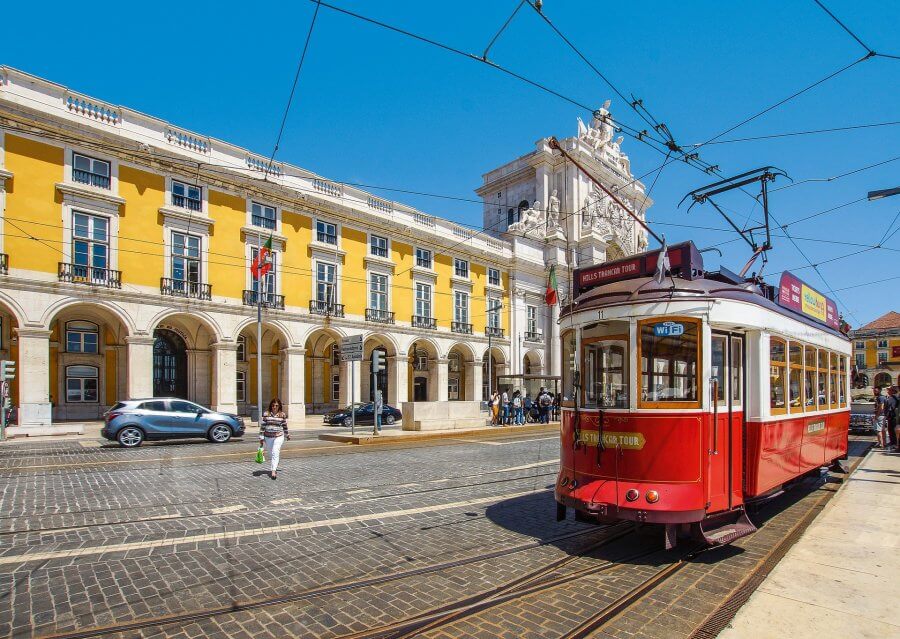One thing that will make you stand out from other travelers is how you get around. Whether you’d rather take a relaxing train ride through beautiful scenery or a quick and easy cab ride, knowing how each work may make your trip more enjoyable and less stressful.
Lisbon is known for its long history and fun things to do at night. In fact, It’s known to be at top of the 5 best places to live in Portugal. But if you want easy public transportation, Lisbon has you covered. At the very least, if you use public transportation even sometimes, knowing where it is can be helpful. We have all the information you need about Lisbon’s public transportation, like where to find it and how much it will cost.
Lisbon’s Popular Transportations
The best ways to get around Lisbon are by public transportation or on foot. The best way to see the sights is on foot, but be aware that the steep hills and valleys of the city’s streets may make it a tough workout.
Use the bus, tram, subway, or lift to change things up and catch your breath. Also, the best things to see in Lisbon, like the museums on Avenidas Novas, the famous Tile Museum, and Parque das Nações, can only be reached by public transportation.
Most Famous Lisbon Metro
The metro, or Metropolitano de Lisboa, is one of the fastest and cheapest ways to get around the city. Lines 1 (Reboleira-Santa Apolónia), 2 (Odivelas–Rato), 3 (Telheiras–Cais do Sodré), and 4 (Aeroporto–São Sebastião) make up the metro system. The subway is the best way to get around the city because it is always on time, clean, and well-kept.

It is the easiest way to go long distances or to get from the airport, bus station, or train station to the center of town and back. It’s the fastest way to get around the city, and the air conditioning makes it comfortable. At some train stations, you can take an elevator straight to the platforms.
But there aren’t as many connections between metro lines as there could be.
Local Tips
The metro map would then help you get to the stop you want. You might have to switch your line over, too.
There are day tickets for Lisbon’s public transportation that cost 6.40 euros and let you ride the bus, tram, and metro as much as you want for 24 hours.
Prices
A single ticket costs €1.50 from 6:30 AM to 1:00 AM.
Viva Viagem is a transit card that can be used more than once and can be used as an alternative way to pay for public transportation. It costs 50 cents once and can be loaded with single-price metro tickets, a 24-hour pass, or “zapping” credit.
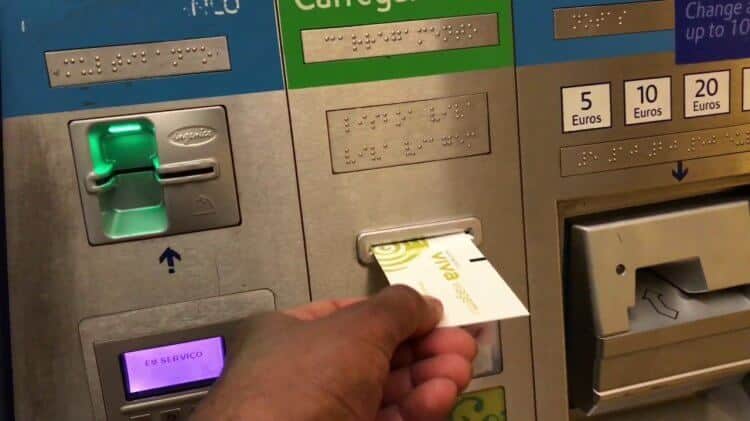
If you want to use public transportation but don’t need a 24-hour ticket, you can buy a “zapping” ticket that lets credit be added to your Viva Viagem card. The price of a zapping ride is now 1.34 euros instead of 1.50 euros, which is a 0.16 euro savings.
Spectacular Tram, Funicular, and Lift
Most of the city’s tram system has been replaced by the metro, but there are still six trams, three funiculars, and a lift in use, mostly in the city’s old, steep neighborhoods. People still use trams and funiculars as their main way to get around, even though the Santa Justa lift is now only used by tourists.
Tram
Lisbon’s bright yellow trams are one of the most photogenic ways to get around the city. The famous Tram 28 in Lisbon from Martim Moniz to Campo Ourique. You can visit the historic neighborhoods of Graca, Alfama, Baixa, and Estrela, and get around Lisbon easily and enjoyably with this public transportation option.
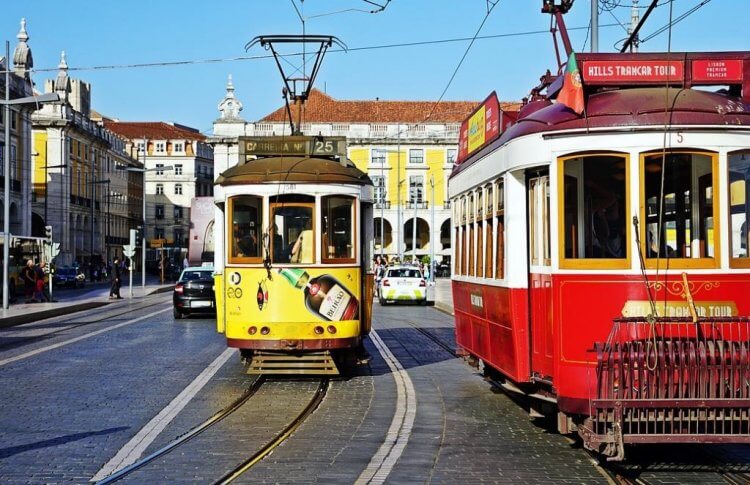
Funicular
Elevador do Lavra, Elevador da Glória, and Elevador da Bica is three different funiculars in Lisbon that you can use when your legs get tired from climbing the city’s seemingly endless hills. Some of the city’s highest streets are reached by cable cars, which give people access to stunning views.

Lift
The Santa Justa Lift is another way to get around, in addition to the three funiculars. If you take the lift from Baixa to Bairro Alto, you’ll see a beautiful view. Unlike the other ways to get around Lisbon, this is mostly a tourist attraction. Raoul Mesnier du Ponsard designed the lift, and the building itself is a beautiful piece of architecture.
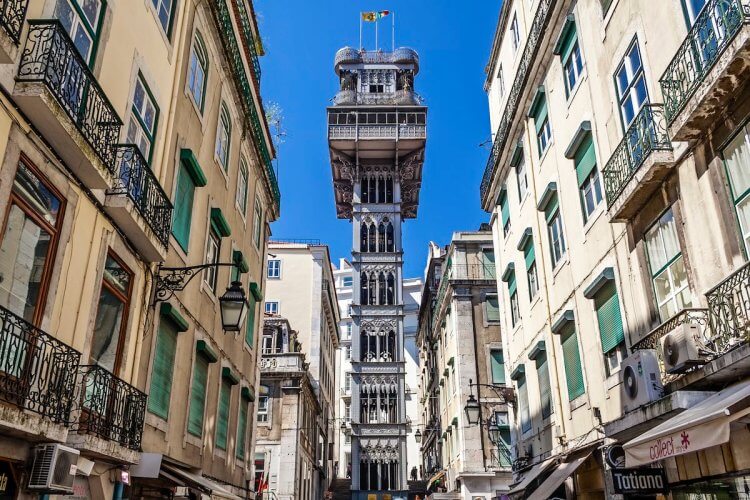
Local Tips
The red trams used for the Hills Tramcar Tour are not a public transportation system. Instead, they are a “hop on, hop off” service for tourists.
You can buy a ticket from the driver with cash, but it will cost more than if you used your Viva Viagem card.
On the busy Tram 15 and Tram 28, thieves with tools to steal have been seen. Keep an eye on your valuables at all times, especially when you’re riding.
Prices
With the 7 Colinas Card, a single ride on a Lisbon tram costs € 1.50 instead of € 3.
A single ride on the funicular costs €3.80 if you buy it at the station.
Lifts cost €5.30 for a single ride.
Get to Know the Bus
Some popular tourist spots, like the Tile Museum and Fronteira Palace, can only be reached by bus because the metro system is so small. It can also be used as an alternative to overcrowded trams. The bright yellow color of these buses, which Carris runs, makes them easy to spot.
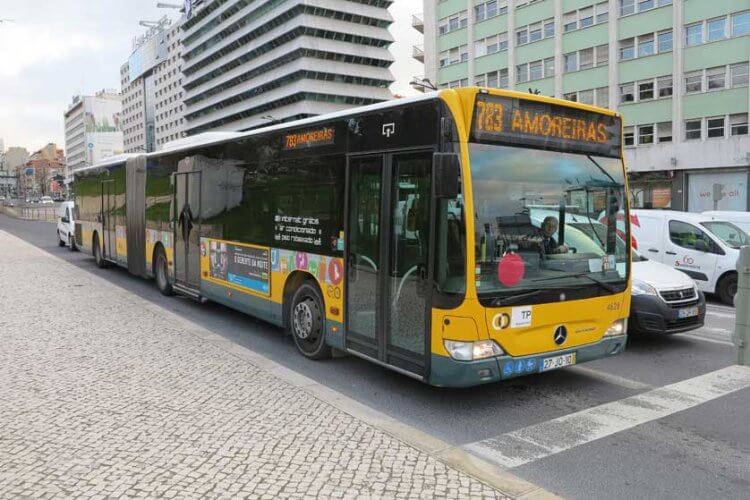
Local Tips
People usually wave at the bus to tell it to stop driving by.
You can buy a ticket from the driver with cash, but it will cost more than if you used your Viva Viagem card.
Most lines have service from 5 a.m. to 11 p.m., with 15- to 30-minute breaks. You can take a bus late at night in the main parts of the city.
Use the stop button to tell the driver you want to get off at the next stop.
Prices
How to Ride Lisbon’s Commuter Train System
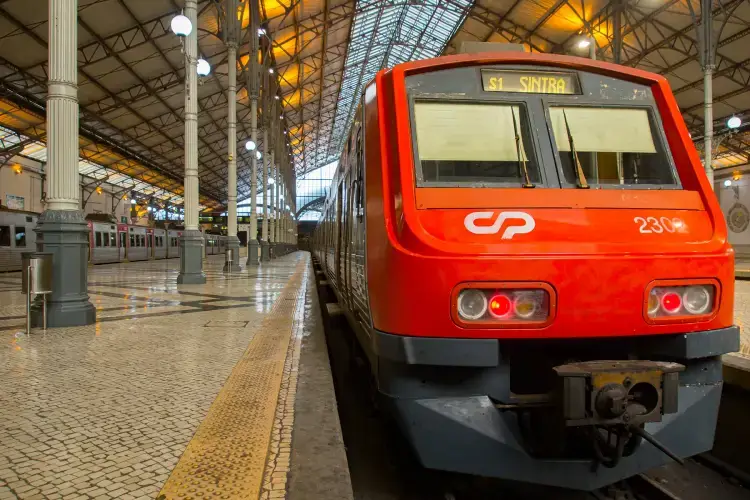
Local Tips
“Skip-the-line” tickets are for people who want to skip the lines. With this ticket, you’ll be able to skip the line at the ticket booth. You can also show your tickets on your phone instead of printing them out.
Before getting on the train, you must first check that your ticket is still good at the station. Don’t forget that your ticket might be checked as soon as you step on the plane.
Between 6 a.m. and 1 a.m., there are four trains that leave from Rossio Station and go to different places outside of Lisbon.
Prices
Learn about Lisbon’s Ferry System
The people who live in Lisbon use boats a lot for their daily commutes and other trips. There are currently seven ferry services—three leaves from Lisbon, and the other four leave from the southern banks. There are three primary ferry ports in Lisbon. Terreiro do Paco, Cais do Sodré, and Belem are all to the west of the city.
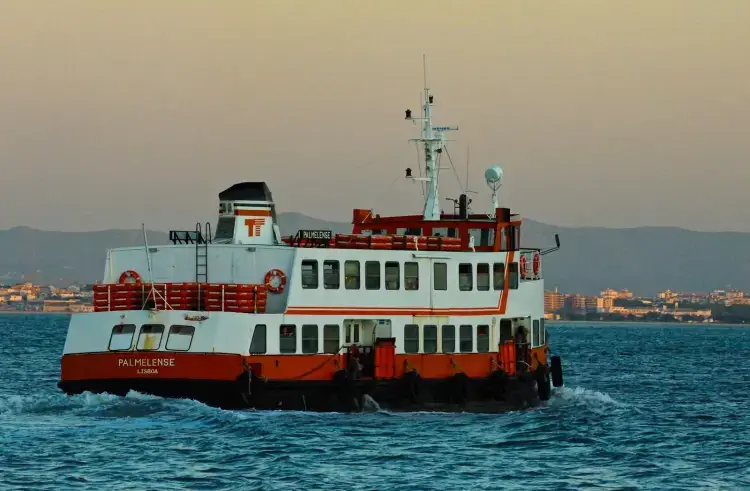
Take a boat from Belém to Porto Brando, or Cais do Sodré to Cacilhas, two of the most beautiful routes, to see the city from a different point of view. Don’t forget to look up as you ride the Belem ferry down the coast to see the amazing Ponte 25 de Abril suspension bridge.
Local Tips
Don’t take the boat to or from Lisbon between 8 and 10 a.m. or 5 and 6 p.m., which are busy times.
You can buy ferry tickets at ticket booths or on the ferry itself. You can also use the reusable Viva Viagem card instead. Please keep in mind that this card can only hold one type of ticket at a time. For example, if it can save quite a metro ticket, you can’t use it to get on a boat.
Prices
Your Travel Buddy: Viva Viagem
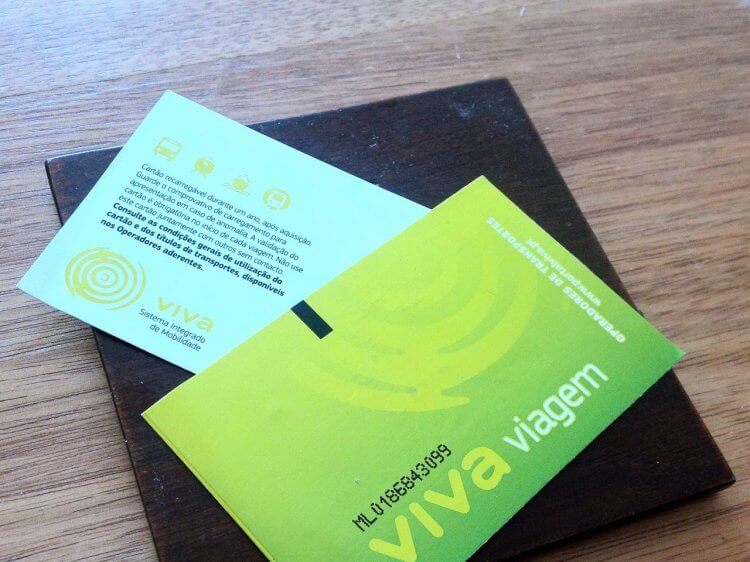
With a Viva Viagem card, it’s easy to pay for rides on Lisbon’s public transportation. You can take public transportation to get to attractions with a Viva Viagem card, but you can’t use it as a pass to get in.
When you get to Lisbon, you can buy a Viva Viagem card at any metro, ferry, or train station automated ticket machine or ticket office. You can’t buy a Viva Viagem card online like you can with a Lisboa Card. A single card only costs 50 cents.
Get a Taxi
As a general rule, a cab isn’t necessary for Lisbon unless you’re traveling between the airport and your accommodation, have mobility issues, or are returning to your hotel late at night.
Typical Lisbon cabs are black and green. When compared to taxi prices in other European cities, they are reasonably priced. It may not be the quickest choice, however, based on when and where you need to travel, and it may not be that cheap.
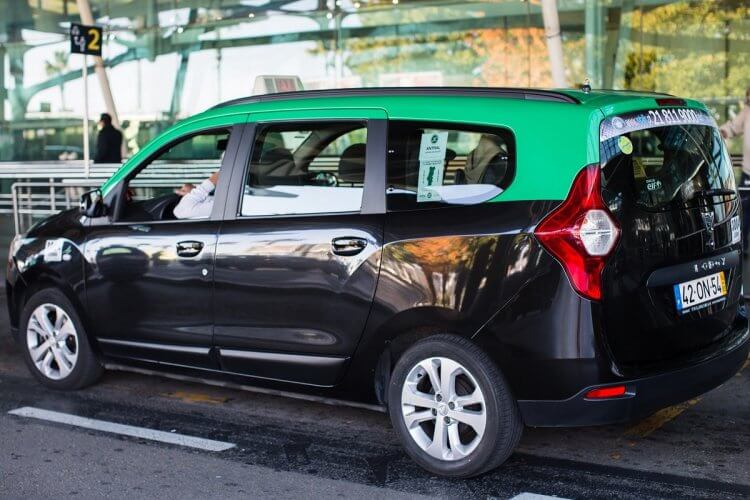
Local Tips
Taxi drivers aren’t required to accept tips, but they probably wouldn’t mind if you leveled up to the nearest 5 euros or ended up giving up to 10% if they did a great job.
Most taxis accept credit cards, but you should check before entering.
Prices
Know the Other Ways of Getting Around Lisbon
Even though Lisbon has many hills and cobblestones, getting from one major attraction to the next is easy thanks to its tremendous and easy-to-use network of buses, trams, suburban trains, and the fast metro. Find out some more ways you can get around Lisbon!
Tuktuk
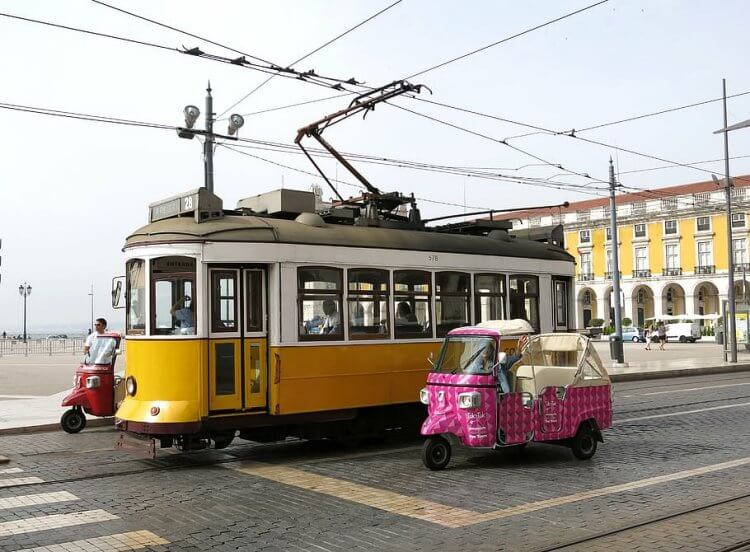
Since tourists take most tuk-tuk rides, the price goes up a little bit. It’s a great way to see the sights, and it’s much easier on your feet than walking up and down Lisbon’s hills.
There are many different kinds of tours you can choose from. Some of which include stops at scenic lookouts and trips to famous places in the city center.
If you ask, the drivers will go off their regular routes to take you where you need to go.
Using Uber, Bolt (Taxify), FreeNow, and Cabify
Before Uber, there were already a lot of other taxi apps to choose from. Due to many mergers and acquisitions, there are now fewer organizations than there used to be. There are other options besides Uber, which is great news for people who want to take advantage of free rides or have more than one taxi number on hand.
Uber

FreeNow
You can now use a free digital middleman to get in touch with the same taxis that are at the stands. With the recent purchases of Kapten, another taxi app, and HIVE, a scooter app, FreeNow (formerly MyTaxi) has become a serious competitor in Portugal and all over Europe. Overall, it’s an excellent service, but there don’t seem to be as many drivers as with Uber or Bolt. This means you might have to wait a long time for a driver, even in the middle of Lisbon.
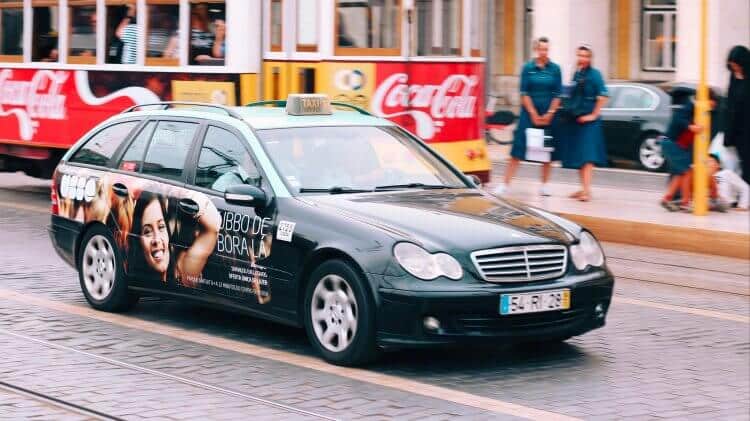
Bolt
Like FreeNow, Bolt (which used to be called Taxify) is a popular Portuguese taxi app that lets you call cabs or rent scooters. You can choose from green cars, vans, people haulers, cars that can be driven with a wheelchair, and luxury sedans, among other options.
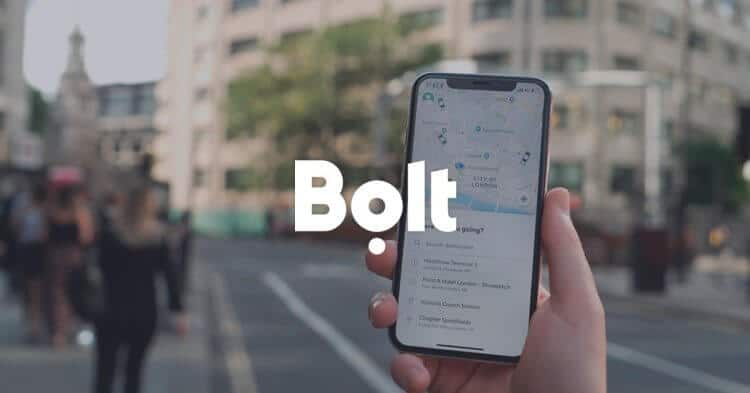
Cabify

Final Words
Whether you’re in Lisbon for work or for fun, as a student or as a permanent resident, you’ll need to learn how the public transportation system works. The good news is that most of Lisbon’s most popular ways to get around are easy to use once you get the hang of it.
Public transportation in Lisbon is a great way to save money and time while getting around the city. After you learn the basics, it’s not too hard to figure out how to use the metros, trams and buses.

